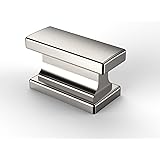Floor Concrete Topping – Joist spans
Floor Concrete Topping – Joist spans (1) Except as permitted in Sentence (2), where a floor is required to support a concrete topping, the joist spans shown in Table A-1 or the spacing of the members shall be reduced to allow for the loads due to the topping. (2) Where a floor is required to support […]
Read more →





